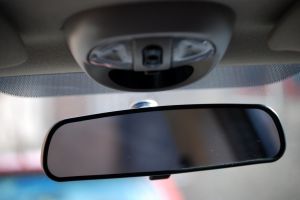By David Wolf, Attorney
Published by Child Injury Lawyer Network

In the United States, children are the unfortunate injury victims of driveway accidents or incidents. Many such incidents take place when a driver unknowingly back up over a small children standing, sitting, or walking on a driveway. The height of the vehicle combined with inattention of the driver and lack of safety awareness of the child all contribute to cause these injuries. In Australia, driveway injuries / deaths are also prevalent. The Queensland University of Technology will be conducting a study to determine the cause of such incidents / accidents and safety precautions that can be taken to avoid or reduce the rate or number of such injuries and deaths. You can read more at Australian Researchers to Probe Tragic Driveway Deaths of Children.
Researchers probe tragic driveway deaths of children
September 21, 2009 – 12:39PM
Researchers are hoping to shed new light on driveway deaths, which claim the lives of around a dozen young children each year across Australia.
Driveway motor accidents are one of the leading causes of death and serious injury in young children.
The Queensland University of Technology is embarking on a study, funded by Queensland Health, to reduce the incidence rate of such accidents.
Dr Kerry Armstrong, from QUT’s Centre for Accident Research and Road Safety (CARRS-Q), said information was needed from parents and guardians which would help to reduce the risk of low-speed vehicle run-overs.
“CARRS-Q statistics show that Queensland has the highest per capita rate for low-speed vehicle run-overs – leading to approximately four children being killed and 81 hospital presentations each year,” Dr Armstrong said.
She said the incidents most commonly involved a child under five at their own home or that of a relative, with a parent behind the wheel of the car.
Dr Armstrong said four-wheel drives and light commercial vehicles were the most commonly involved vehicle types, with four-wheel drives accounting for 41 per cent of all low-speed child driveway deaths between 1994 and 2000.
She said children in rural areas are also known to be at a higher risk, with two in three driveway fatalities occurring in non-metropolitan areas.
“Importantly, in almost all driveway run-over incidents, there was no clear separation between the driveway and the rest of the yard or play area,” she said.
The research will seek information from parents on what steps they had taken to ensure children stayed safe in and out of the house and how they found out about safety measures.
The information would be used as the basis of a new safety awareness strategy.
 Child Injury Lawyer Blog
Child Injury Lawyer Blog

